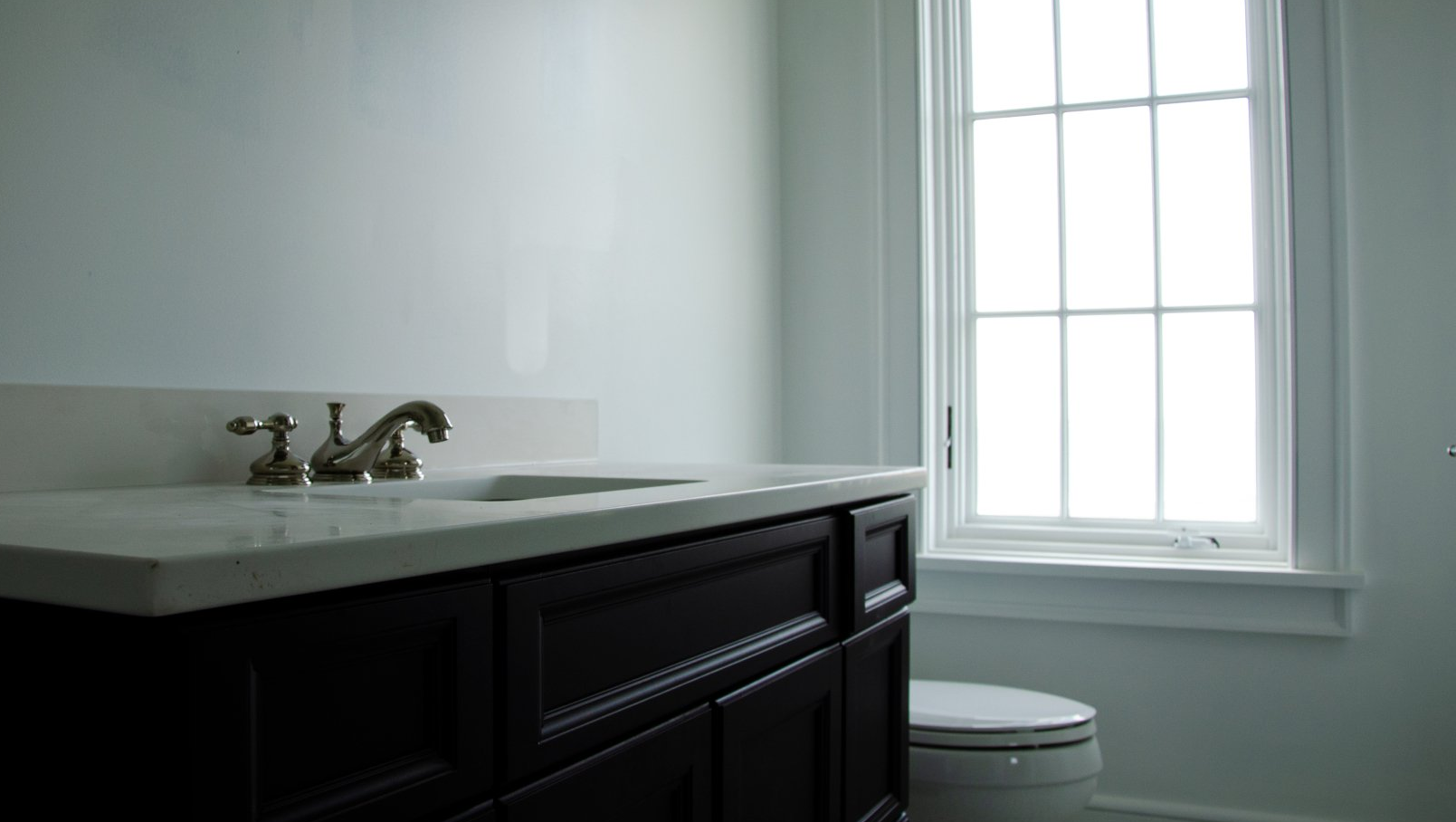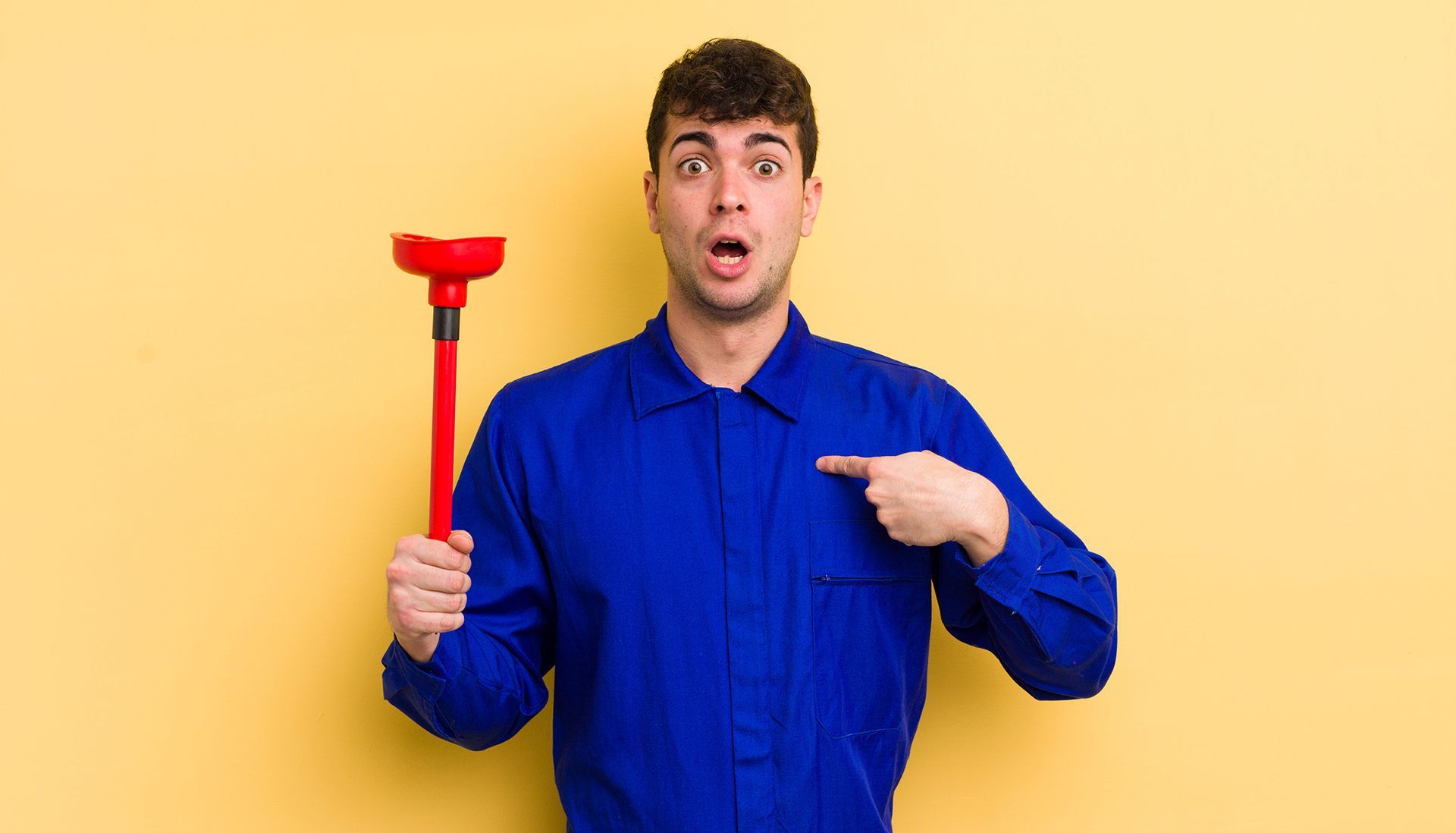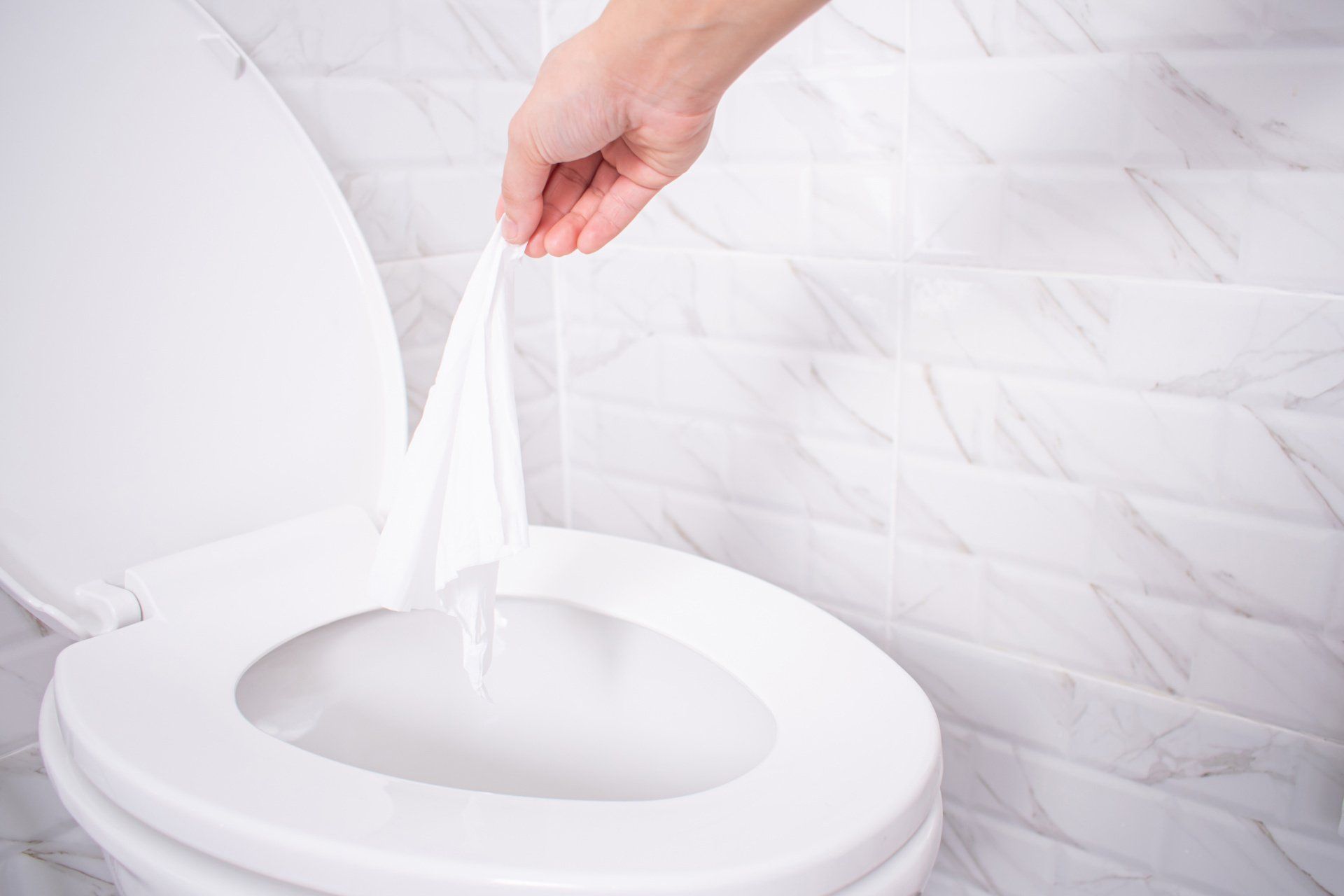Four tips on preparing your plumbing for winter
Nobody would mistake South Carolina as a frozen tundra, but the temperatures do tend to dip fairly low in the winter in the Palmetto State. The thermometer can still find itself beneath 40 degrees in the early months of the year, and sometimes it even drops below the freezing point of 32 degrees. Either way, suffice to say that it gets cold enough in South Carolina during the winter months to force you to take additional measures to care for your plumbing system.
Here are four things in particular that our team at Beverly Plumbing recommends you do in order to prepare for the winter.
Disconnect and drain all your hoses
If you leave your hose connected to a faucet outside your house, there’s a good chance that some water will still exist somewhere inside your hose. Water, of course, freezes when the temperature sinks to 32 degrees Fahrenheit, and if a pipe connected to a faucet contains any ice, the ice could potentially back itself up into the pipes inside your house and cause the pipes to crack. To avoid this, make sure you disconnect all your hoses, and drain them of all their contents onto your front lawn.
Shut off the water if you leave your house for extended periods of time
You don’t need to turn your house’s water source on and off each time you go to the grocery store, or even leave for a day trip. But if you’re heading out of town for more than a few hours, you should make sure to turn off the water at the main shutoff point. This will prevent water from running, reducing the odds that pipes become filled with water, freeze, and crack. Otherwise, you could find yourself returning home to quite a mess- and it’s not as if you’ll need that water while nobody is in your house to begin with!
Buy and activate heat cables
If you think your pipes may be even the slightest bit susceptible to freezing during the winter, heat cables should take care of that. Heat cables come equipped with their own inherent thermostat that constantly measures the temperature of the pipes they’re working with. If the heat cables detect a dangerously low temperature in the pipes, they’ll turn on and keep the pipe from freezing and possibly breaking. Once the pipe temperature has risen to an adequate level, the heat will shut off.
Seal off the area around rim joists
The area between a pipe and the wall it’s going through can be an excellent way to allow cold air into your house. That could chill your pipes, and potentially even lead to them freezing and cracking. Use expendable foam or caulk to plug the rim joists up and ensure cold air doesn’t intrude. Just take care to not actually insulate a pipe from the heat inside the house, as that could lead to some of the same problems you’re trying to avoid.
You might also like



